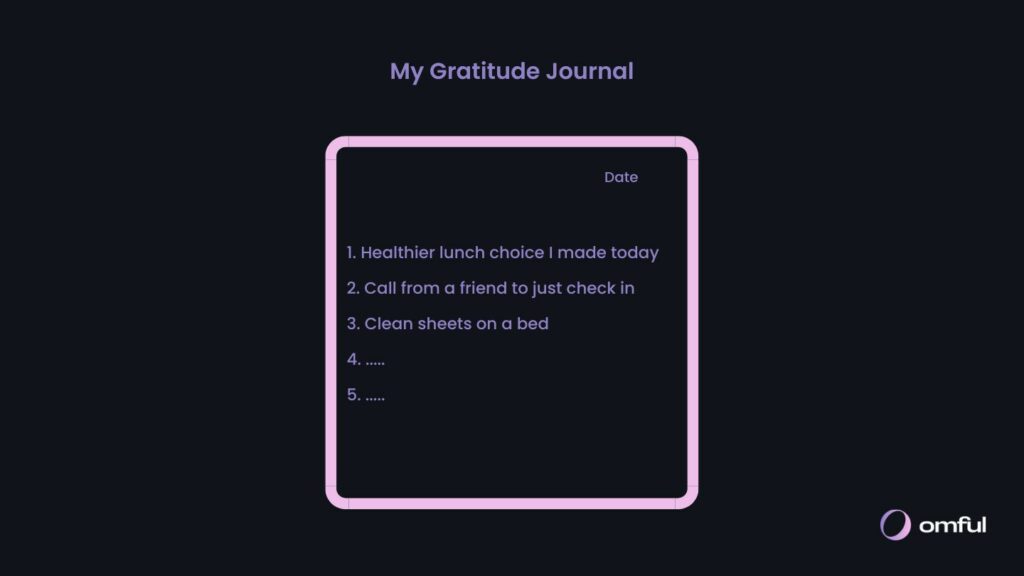Gratitude journaling is a simple yet powerful way to boost your mood, reduce stress, and gain a greater appreciation for the good things in your life. With just a pen, a journal, and a few moments of reflection each day, you can cultivate a mindset of gratitude and reap the many benefits it offers. Let’s dive into gratitude journaling and how you can get started today.
What is a Gratitude Journal?
A gratitude journal is a tool where you record what you are thankful for. This practice encourages you to pay attention to the positive aspects of your life, helping to shift your focus away from negative thoughts and feelings. The entries in your journal can be as simple as a sunny day, a good cup of coffee, or a smile from a stranger.
How to Start Your Gratitude Journaling Practice
Starting a gratitude journaling practice is straightforward. Here’s how to get started:
- Choose Your Journal: Select a journal that resonates with you. It could be a physical notebook, a digital note-taking app, or even a dedicated gratitude journaling app. The important thing is to have a physical or digital record and not to do the practice only inside your head.
- Set a Routine: Decide on a regular time to write in your journal. It could be first thing in the morning to start your day on a positive note or last thing at night to reflect on the day’s events.
- Write Freely: When it’s time to write, let your thoughts flow freely. There’s no right or wrong way to do this. Try to aim for 3 to 5 things that made you feel grateful or brought joy to you today. On some days, only one thing could come to your mind, and that’s okay too.
- Be Specific: Try to be as specific as possible. Instead of writing, “I’m grateful for my friends,” you might write, “I’m grateful for my friend, Sarah, who always knows how to make me laugh.” Expressing gratitude for fewer things in detail is better than creating a lengthy but surface-level list.
- Reflect: After writing your entry, take a moment to reflect on the feelings of gratitude you’ve expressed. Try to savor these positive emotions truly.
Benefits of Gratitude Journaling
Gratitude journaling comes with a host of benefits backed by scientific research. These include:
- Boosting Happiness: Regularly focusing on the positive aspects of your life can increase your overall happiness and life satisfaction.
- Reducing Stress and Anxiety: By shifting your focus away from negative thoughts and worries, gratitude journaling can help alleviate stress and anxiety.
- Improving Sleep: Writing in a gratitude journal before bed can promote better sleep by cultivating positive, calming thoughts.
- Fostering Resilience: The practice of gratitude can make you more resilient, helping you to cope with life’s challenges more effectively.
Practical Tips for Gratitude Journaling
- Keep it Simple: Your journal entries can be brief and simple. Even a single sentence can be enough to capture a moment of gratitude.
- Be Consistent: Try to write in your journal every day. The more you practice gratitude, the more it becomes a habit.
- Remember, It’s Personal: Your gratitude journal is for you and you alone. Write about what feels meaningful to you, not what you think you ‘should’ be grateful for.
- Be Patient: The benefits of gratitude journaling may take time. Be patient with yourself and trust in the process.
In conclusion, gratitude journaling is a straightforward and effective practice that can significantly improve your overall well-being. It encourages positivity, reduces stress, and allows you to appreciate the many blessings already in your life.
Remember, the key to successful gratitude journaling is consistency and authenticity. So, why not give it a try? You might be surprised at the positive shifts when you consciously focus on the abundance in your life.
Consider exploring other blog posts here on Omful for more mindfulness practices and tips. For example, learn about the Body Scan practice to cultivate mindfulness and deepen your connection with your physical presence.




